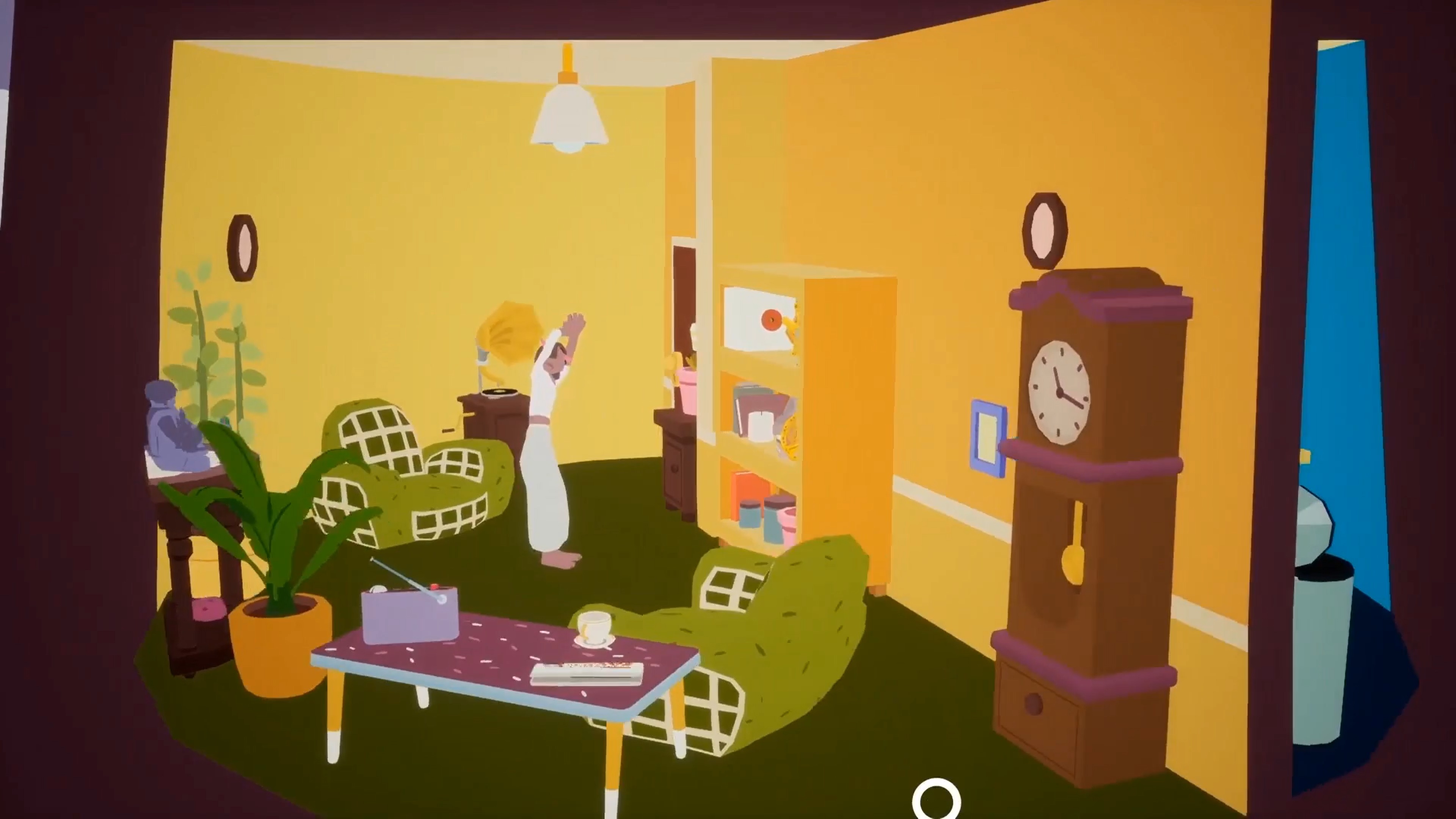
You can choose to align with a Reason -competing philosophies that wish to form the natural laws in the new world - or none at all. How you remake the world is again filled with grey. After all, Tokyo is already destroyed, people are dead, and you’re left with having to pick up the pieces and remake it all. Rather that the typical RPG story that involves you saving the world form evil, Shin Megami Tensei III: Nocturne centres on the idea of “What’s your vision of Hell?”. If it wasn’t already clear, the story for SMTIII is bleak. Unfortunately (or fortunately, depending on you point of view), Mara’ form in Nocturne is more slime-like that of his original form, but you can clearly see the the phallic reference.Īpart from the interaction with demons, Nocturne‘s horror aspects come mainly from its story. Even if one of the series’ most infamous demons, Mara, is less designed after its Buddhist origins, and more for the Japanese pun for male genitalia. Artist Kazuma Kaneko, who did all of the character and demon designs, creates a more “mature” look and feel than the anime-inspired styling found in RPGs that many gamers are used to. It also needs to be mentioned that Nocturne’s artistic style is one of the more interesting takes when it comes to an RPG. There is also sacrificial fusion, where a third demon is sacrificed and gives up its own skills to the resulting demon.

This is the only way to turn gain access to better demons in your party. Adding to this Pokémon-styled mechanic is the ability for you to fuse two demons together in order to create a new demon ally. And depending on how you choose to play, you’ll end up relying on the demons in your party to fill in your weak areas. Your Demi-fiend main character can only do so much as you build it up. If you do succeed in getting a demon to join you, it carries with it its own abilities and personality, which will factor into your playstyle. Other times, the demon you’re negotiating with will run off with whatever you’ve given it. Sometimes the demon will instead give you advice, money or an item. This process includes back-and-forth exchanges and negotiations for money, items and the drawing of the player character’s HP and MP in exchange for the demon joining you. The system allows players to recruit demons/creatures from a variety of world religions/mythologies, allowing you to have said demons join your party.
#I am dead switch series
Obviously, longtime fans of the series will point out the hallmark of the SMT series that again separates it from other RPGs is its negotiation system. In spite of its learning curve, the Press Turn system proved itself to be a popular one, resulting in the mechanic being carried on through subsequent Shin Megami Tensei sequels and spin-offs, including the Persona games (albeit in a modified form). Given the unpredictability, you may find your side unexpectedly wiped out from what you thought was going to be a mundane encounter. The whole system results in players having to pay attention in combat, regardless of how insignificant the fight may be.


If you miss an attack or are blocked, then multiple turns are lost. If a combatant scores a critical hit, exploits their opponent’s weakness, or passes on making an action, they gain an additional turn. The system, wherein each character participating in combat would be given one or more Press Turns, depending on the character. Unlike most JRPGs, where you would have a turn-based system of battles, Nocturne employs the “Press Turn” system. As the Demi-fiend, you are given the opportunity to decide what the world will become. After Tokyo is transformed into a Vortex World filled with demons, you are bestowed with new powers and capabilities through Magatama obtained from Lucifer. While visiting your sick teacher, you end up being caught in the apocalypse known as the Conception, triggered by a sinister cult to enable the world’s rebirth. Taking the series back to the original game in terms of its high school setting, the story for Shin Megami Tensei III: Nocturne casts you as an unnamed high school student in Tokyo. And 20 years later, those hallmarks still have fans coming back for more. Considered more for the “hardcore gamers” upon release back in 2003, Nocturne‘s darker-than-most story for an RPG is complimented by its challenging (and sometimes cheap) difficulty.

The third game in the SMT series not only successfully gained the series a foothold outside of Japan, but it also introduced gameplay elements that carried over in some form to subsequent entries, including the spinoffs. While the Megami Tensei series has been eclipsed in popularity by its spinoff Persona series, there’s little doubt that both series have benefited from Shin Megami Tensei III: Nocturne.


 0 kommentar(er)
0 kommentar(er)
